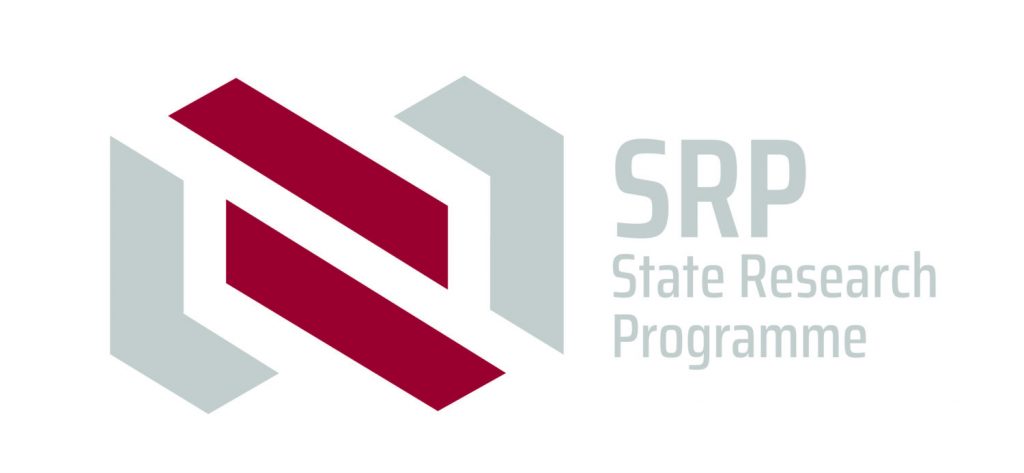
In January 2024 Daugavpils University historians – Dr. hist. Irēna Saleniece, PhD Maija Grizāne, doctoral students Sergejs Kuzmins un Haralds Bruņinieks – started the project “Navigating the Latvian History of the 20th – 21st Century: Social Morphogenesis, Legacy and Challenges”.
The project’s overarching goal is to reduce the fragmentation of the Latvian history research field, endorse its international prominence, establish new benchmarks in public discourse for interpreting the Latvian history of the 20th century, stimulate new conceptual ideas about the development of Latvian statehood, and train new history researchers. To reach this multidirectional goal, the project proposes a broad research and communication program and defines four interrelated objectives:
1) critically rereading the Latvian historiography of the 20th century in line with the perspective of social morphogenesis;
2) reinterpreting Latvia’s master narrative of the 20th century in light of microhistory and mnemohistory;
3) remediating Latvia’s history by focusing on the opportunities provided by digital humanities;
4) rejuvenating the interdisciplinary research of Latvian history by providing opportunities for young and emerging scholars.
In total, the project involves more than 30 researchers and students. In addition, the historians of the Latvian War Museum and the Museum of the Occupation of Latvia, as well as CLARIN-LV and DARIAH-EU experts in digital humanities, will also be involved in the project.
Project No: VPP-IZM-Vesture-2023/1-0003
Implementation period: 15 December 2023 – 14 December 2026
Project funding: EUR 1 674 000
Project funding authority: Latvian Council of Science
Project leader: Dr.hist. Uldis Neiburgs
Project administrative leader: Dr.philol. Ieva Garda-Rozenberga
Project partners: University of Latvia’s Institute of Literature, Folklore, and Art, Daugavpils University and Liepaja University
The project on Facebook: https://www.facebook.com/profile.php?id=61555250146764
© Image design by Ģirts Boronovskis, photos by A. Grūbers and G. Dieziņš

